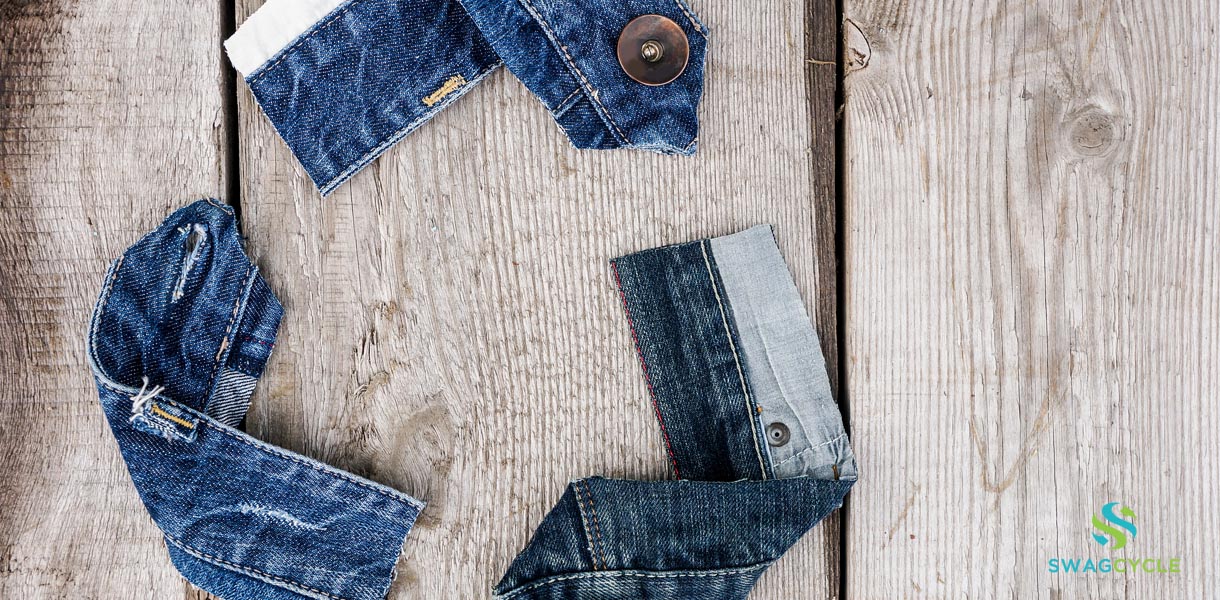Exploring Upcycling vs Recycling: Revitalizing Waste for New Possibilities
Most people understand what recycling means, but for many, upcycling is a less familiar concept. While recycling involves recovery and reprocessing of waste materials for use in new products, upcycling takes waste and creates something new from it in its current state.
Upcycling, a unique trend that is growing in popularity, goes beyond recycling because it doesn’t require degradation of the original material. Rather, upcycling transforms or repurposes old goods into newer items of potentially higher perceived value. Through upcycling, items can be transformed into better versions of themselves or repurposed into new items that offer an entirely different function.
Examples of upcycling clothes include using tin cans as planters, making candles in used glass jars, creating furniture from used shipping pallets, and using worn out sheets to create new items like clothing or pillows.
Benefits of Upcycling
Upcycling has significant environmental benefits. It reduces the amount of waste sent to landfills and incinerators and eliminates the need to use raw materials to produce new products, leading to reduced greenhouse gas emissions and conservation of resources. While recycling uses far less energy than producing items from raw materials, it is still an energy intensive process. Upcycling, in contrast, uses the discarded item itself as raw material and eliminates the energy consumption associated with recycling.
Upcycling also has social and economic benefits such as celebrating artisanal work and craftsmanship, supporting local businesses, and reducing manufacturing costs. By upcycling your items into new treasures, you can flex your creative muscles, hone your crafting and repair skills, save money, and give your stuff new life while creating truly unique, one-of-a-kind items.
Transformative Upcycling: Enhancing Value Through Creative Reuse
Transformative upcycling represents a paradigm shift in waste management, distinct from traditional recycling practices. While recycling involves breaking down materials to create new products, upcycling distinguishes itself by creatively repurposing items without the need for material degradation. This innovative approach involves breathing new life into discarded goods, elevating their value through imaginative reuse. By embracing upcycling vs recycling, the focus shifts from mere material recovery to the preservation and enhancement of the original item’s essence. Upcycling offers a holistic transformation that not only minimizes waste but also generates items of higher perceived value. Through inventive methods and creative thinking, upcycling reshapes unwanted materials into innovative, functional, and often aesthetically pleasing products, fostering a sustainable mindset and promoting a circular economy. Thus, while recycling plays a crucial role in waste management, upcycling stands out as a catalyst for sustainable change, emphasizing the intrinsic value of repurposed objects and fostering a more resourceful and environmentally conscious society.
Sustainability in Action: The Positive Impact of Upcycling Initiatives
Sustainability comes to life through the positive impact of upcycling initiatives, offering a distinct approach when compared to conventional recycling methods. Upcycling initiatives stand out by repurposing materials without the need for extensive processing, thereby reducing energy consumption and minimizing environmental impact. Unlike recycling, which often involves breaking down materials into their base components for reuse, upcycling emphasizes creative transformation. It breathes new life into discarded items, elevating their value by turning them into innovative products with extended functionality and aesthetic appeal. Upcycling harnesses the inherent qualities of existing materials, promoting resourcefulness and reducing waste by giving them a renewed purpose. This approach fosters a sustainable ecosystem by encouraging a shift towards conscious consumption and circular economy principles. By highlighting the differences between upcycling vs recycling, these initiatives actively demonstrate how creative reuse can play a pivotal role in reducing waste, conserving resources, and fostering a more environmentally conscious society.
Get Started with Upcycling
There are endless possibilities for upcycling your old stuff into new items. Sort through what you already own to see if you have anything that could be transformed into something new, or visit a local thrift shop or yard sale to find items that you could upcycle. Exercise your creativity—there are no limits to what you can create!
To learn more about innovative and creative ways to upcycle your old items, check out our blog post highlighting companies and organizations that turn trash into treasure, repurposing items like textiles, electronics, billboard vinyl, and scrap metal into new products.
While recycling is an important practice for managing our waste sustainably and recovering usable resources, upcycling creates new, higher-value products from items that otherwise would have been trash. Working with recycling and charitable partners across the United States and internationally, SwagCycle helps companies and organizations reduce their waste while supporting charitable causes.
Conclusion
In conclusion, the exploration of upcycling versus recycling reveals a transformative approach to waste management that goes beyond the conventional practices. While recycling involves breaking down materials for reuse, upcycling stands out by creatively repurposing items without material degradation. This paradigm shift not only minimizes waste but also elevates the value of discarded goods through imaginative reuse, fostering a sustainable mindset and supporting a circular economy. The positive impact of upcycling initiatives becomes evident as they reduce energy consumption, minimize environmental impact, and encourage a shift towards conscious consumption. By highlighting the difference between upcycling and recycling, we emphasize the role of creative reuse in reducing waste, conserving resources, and building a more environmentally conscious society. So, as we venture into the realm of sustainability, let’s celebrate the art of upcycling, turning old items into new treasures and contributing to a more resourceful and eco-friendly world.


